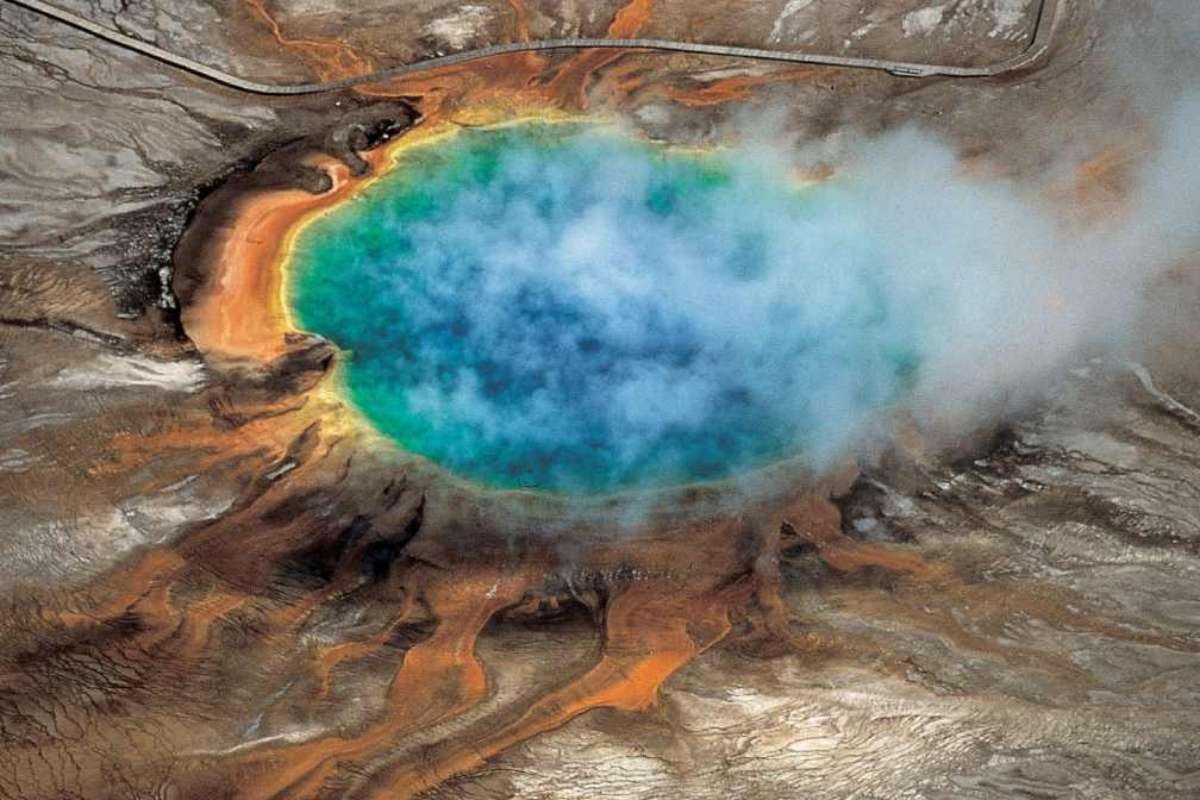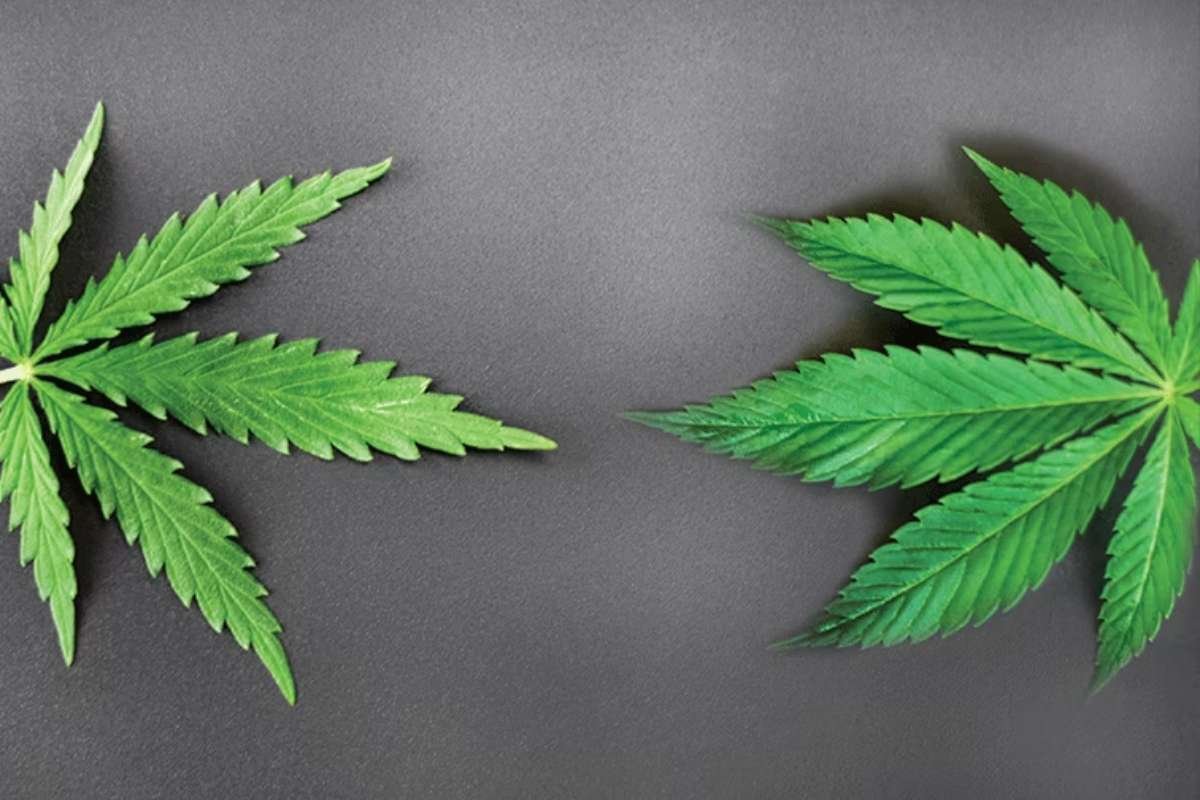After decades of studying Yellowstone National Park’s volcanic system, researchers have unveiled a breakthrough approach that provides unprecedented insights into the conditions beneath the park’s surface. Beginning in 2020, Jamie Farrell, a professor at the University of Utah and then chief seismologist at the U.S. Geological Survey’s Yellowstone Supervolcano Observatory, collaborated with the University of New Mexico to create high-resolution images of Yellowstone’s underground features.
Using a technique called tomography—similar to medical CT scans—Farrell’s team deployed approximately 650 temporary seismometers across the Yellowstone Supervolcano, primarily along roadways. They then employed a vibroseis truck, commonly used in oil and gas exploration, to generate artificial seismic waves by vibrating the ground at 110 different locations. These controlled vibrations allowed the researchers to capture detailed images of the subsurface structure, providing a much clearer view than ever before.
Their findings, published in Nature, revealed that the top of Yellowstone’s magma chamber lies about 12,500 feet (3.8 kilometers) beneath the surface and is sharply separated from the rock above. Importantly, they discovered that the uppermost part of the chamber consists of a 50/50 mix of volatile gases and liquids—indicating that the system is actively degassing, a reassuring sign for the region’s volcanic stability.
Low Magma Mobility Means No Immediate Eruption Risk
Contrary to common fears about the potential for a catastrophic eruption at Yellowstone, the new research shows that the volcano remains safely dormant. Farrell explained that only about 7–15% of the magmatic material in Yellowstone is molten. Typically, a magma system requires at least 50% molten material for the magma to become mobile enough to pose an eruption threat.
“This tells us that Yellowstone’s magmatic system is not close to being ready to erupt,” Farrell stated. “The degassing process is crucial because trapped gases would otherwise increase pressure and raise the risk of explosive activity.” In simple terms, the gases are steadily escaping, reducing the potential for a build-up that could lead to an eruption.
Mike Poland, the scientist in charge at the Yellowstone Volcano Observatory, emphasized the significance of these findings. He pointed out that this new understanding of Yellowstone’s magma body not only informs assessments of volcanic risk at the park itself but also aids in interpreting the behavior of more active, less accessible volcanoes around the world.
Broader Implications for Volcanology and Future Research
The implications of this study extend beyond Yellowstone. Poland noted that Yellowstone serves as a “laboratory volcano,” offering valuable lessons that can be applied to understanding other, more volatile volcanic regions like Campi Flegrei in Italy and the largely submarine volcano at Santorini in Greece.
Farrell also sees great potential in using high-resolution imaging techniques to further study the interactions between magmatic systems and hydrothermal features in Yellowstone Supervolcano. By continuing to map these underground systems with such precision, scientists hope to uncover why large thermal basins form where they do and gain deeper insights into the behavior of volcanic systems worldwide.
Ultimately, the research not only reassures that the Yellowstone Supervolcano remains quiet but also paves the way for future advancements in volcano monitoring and hazard prediction on a global scale.
Visit more of our news! The Lifesciences Magazine









